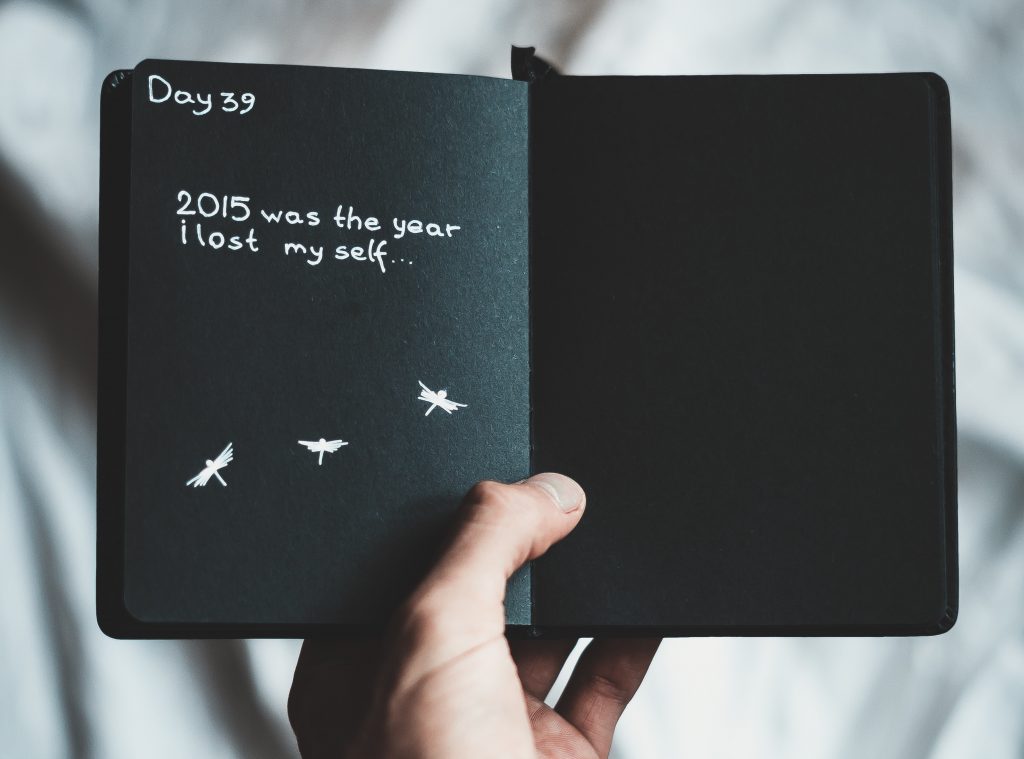65 minutes of video
65 minutes of audio
14 slides
23 pages of transcript
In our series walking through the construction of different types of articles, we hone in on the easy-to-write (and pitch!) staple of magazines everywhere: the front-of-book round-up.
A staple of websites and newspapers (yes!) these pieces are easy to do badly, so learn how to do them easily as they’re a quick type of article.
*****
I say this a lot. And a lot of you are already very aware of without me having to mention it, but…
The kind of writing that flies on blogs is *very* different than what appears in print magazines.
The perennial question, however, is how?
In many ways, the way people (editors, namely) talk about this different calls to mind the famous U.S. Supreme Court ruling that said:
“I shall not today attempt further to define the kinds of material I understand to be embraced within that shorthand description [hard-core pornography]; and perhaps I could never succeed in intelligibly doing so. But I know it when I see it, and the motion picture involved in this case is not that.”
Besides “you know it when you see it”, what can I point to that separates the type of writing that appears on the web from what appears in print?
Honestly, this is a focus of a large portion of our webinars, from exactly how to put together articles like news briefs and trend pieces to how to get quotes that make your articles pop and the best ways to get exclusive information on the ground.
But this division between church and state, or print and web as it were, is never harder to illustrate than when we look at “diary-style” feature articles.
When I speak at conferences like the upcoming Women in Travel Summit where the audience is primarily either professional bloggers or folks who started a blog because some idiot said that that was the way to get assignments with magazine editors who would magically find your site and ask you to write a paid piece for a print publication, I am constantly asked if people can pitch stories they have already written on their blog.
And when we dig into it, the simple fact of the matter is that a lot of the “trip report”-style pieces they write for themselves are far too “kitchen sink” to appear in a print publication.
They don’t have an angle, they don’t necessarily even have a thesis (a.k.a. a reason the reader can understand why their eyeballs are still attached to your story rather than the billions of other pieces on content on the internet, and they usually don’t even have an underlying flow that pulls the reader through the piece.
So why on earth do these “trip report”- or “diary”-style pieces also appear in magazines if they’re so picky and obsessed with angles and brevity and trends and other hot new things?
You can see these types of pieces you might see in newspapers, on BBCTravel.com, and even in the feature wells of major magazines.
And when they’re out there, in “respectable” publications, these kind of pieces make people say, “What gives? How come this person gets to write about their trip for The Dallas Morning News/BBCTravel.com/AFAR??!? I write the same kind of stuff on my blog!”
This is actually the reason that I saved our Article Nuts and Bolts webinar on this very ubiquitous article type for the end of our month on features.
Diary-style pieces are like cooking. People do them everyday, sometimes just for friends or relatives in a casual setting, and sometimes on a professional but not super demanding scale, but only a handful of chefs or “white hats” have earned the intangible seal of approval to do them as a consummate professional.
In our Article Nuts and Bolts: How to Put Together a Diary Piece, we’ll explore the correct way to put together these pieces for the level of expectation of a print publication editor.
A staple of websites and newspapers (yes!) these pieces are easy to do badly, so learn how to do them easily as they’re a quick type of article.
We’ll cover:
– What do I really mean when I say diary piece?
– How do these articles work in the real world (as opposed to in private settings)
– Real-world examples
– How to pitch these pieces
